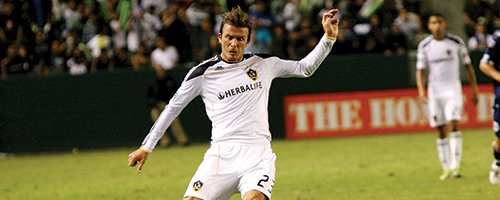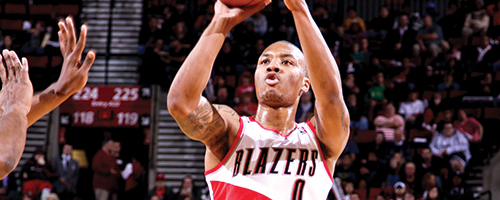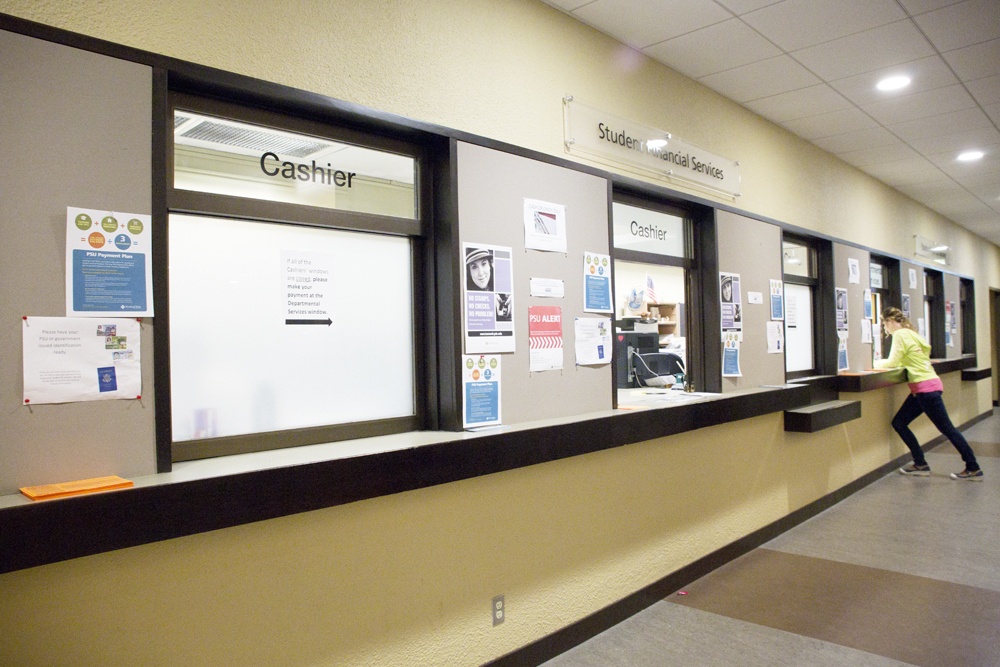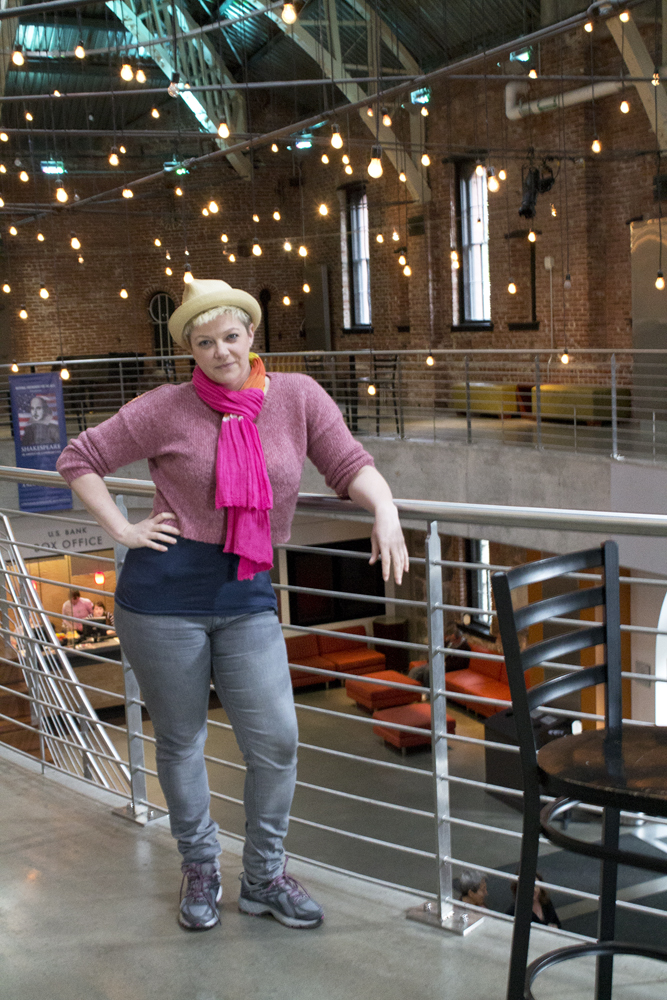When David Beckham signed with the Los Angeles Galaxy in January 2007, Major League Soccer had been languishing, an afterthought among North America’s professional sports leagues. Six years later, as the league wraps up its 17th season and Beckham prepares for his final MLS game, the league is healthier financially than at any point in its history. The English superstar’s effect on the growth of soccer in the United States, which has been a topic of much debate since he arrived, will now begin anew with the impending retirement of one of the most recognizable names in the sport.
Beckham’s last stand
When David Beckham signed with the Los Angeles Galaxy in January 2007, Major League Soccer had been languishing, an afterthought among North America’s professional sports leagues. Six years later, as the league wraps up its 17th season and Beckham prepares for his final MLS game, the league is healthier financially than at any point in its history. The English superstar’s effect on the growth of soccer in the United States, which has been a topic of much debate since he arrived, will now begin anew with the impending retirement of one of the most recognizable names in the sport.
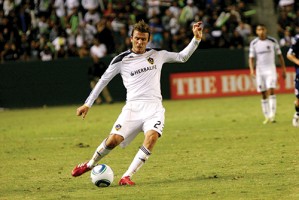
COURTESY OF The Daily Sports Herald
Sell it like Beckham: MLS went all-in with its investment in one of the biggest names in soccer.
The acquisition of Beckham was seen as little more than a marketing ploy for the Galaxy when they first signed him from Real Madrid, and indeed has provided the organization with a tremendous amount of publicity over the past few seasons. It has been an inconsistent union at best, however, as Beckham never seemed fully invested in the team or in MLS overall.
After just his second season with Los Angeles in 2008, Beckham engineered a loan to Italian powerhouse A.C. Milan in order to stay in shape for the upcoming World Cup qualifying matches, an arrangement which he then attempted to make permanent. When the transfer was vetoed by MLS Commissioner Don Garber, Beckham returned to the U.S. for his third season, though he went back to Milan on another loan in the offseason.
It was during this second stint in Milan that Beckham suffered a torn Achilles tendon, ruining his chances at a fourth World Cup appearance and keeping him out of all but eight MLS games in 2010. Through his first four years in Los Angeles, he appeared in just 48 matches, with another 27 in Milan, where he undoubtedly would have played more had he not been injured. A year later, fully rehabbed and back on the pitch, Beckham continued to play with one foot out the door. In January of 2011, he tried to beak free of his MLS contract again, this time failing to secure a move to Tottenham Hotspur in London.
Beckham came to the U.S. without any intention of dominating the opposition or promoting the rise of a burgeoning league to legitimacy. Relegated to the bench at his previous stop with Real Madrid, the move to America was about nothing more than expanding the Beckham brand into a new market.
And it worked. Beckham has been among the highest paid players in MLS during his time with the Galaxy and has picked up millions more through new endorsement avenues in the United States. The question remains whether the league got the return on investment that it expected when news of the Beckham acquisition was first announced.
The league has certainly grown over Beckham’s six years in it, with average
attendance increasing 21 percent over that span to make MLS the eighth-most attended soccer league worldwide. But the Designated Player Rule, passed in the wake of the Beckham deal to allow teams to sign marquee players to bigger contracts while only counting $350,000 against the salary cap, has also served to depress the wages of every other player on league rosters.
MLS succeeded in creating a loophole that allows owners to buy flashy parts for their teams but also keeps regular contracts low enough that it has become difficult for franchises to attract talent from within the American continent. While teams recruit the stars of yesteryear, they lose out on domestic talent like Herculez Gomez, Edgar Castillo, Michael Orozco Fiscal and Jose Corona to Mexican clubs willing to pay more for their play.
As the Galaxy’s experiment now winds down to its conclusion, it is becoming clear that the two words that best sum up the growth that MLS has undergone over the past half decade are not “David Beckham” or “Designated Player,” but rather “Pacific Northwest.”
When the league expanded into Seattle in 2009, it proved to be an immediate success. The Sounders became the most-viewed team in MLS with over 30,000 fans in regular attendance, and won three consecutive U.S. Open Cups (the equivalent of England’s FA Cup) in their first three years of existence. The league then promoted the Vancouver Whitecaps and Portland Timbers from soccer’s minor leagues in 2011.
The addition of Seattle’s natural regional adversaries instilled the kind of fanatical passion in MLS that U.S. fans had previously only seen on European or South American broadcasts. With their annual duel for the Cascadia Cup adding another element to the rivalry, the three Pacific Northwest teams have created a grassroots groundswell of support that could never have been achieved simply by the addition of a few big names to the advertisements. MLS’s shrewd integration of teams with prior history, boosting gate receipts and casual interest in the process, was the real avenue for future league success.
Beckham only started to have a relevant impact in the league after his presence had already proven unnecessary from a marketing standpoint. His best two seasons with the Galaxy have been his final two, as Beckham has exhibited a renewed commitment to forging a positive legacy in the American phase of his career. Los Angeles won the MLS Cup last season, and has a chance to repeat this year, in no small part thanks to Beckham’s rejuvenated play.
But even if Beckham proves vital in a Galaxy victory on Dec. 1, his six-year stay in America did little for the league that altered its entire salary structure in order to coax him across the Atlantic. MLS went looking overseas to establish itself on the American sports scene, when credibility was lurking the whole time right here on the Pacific coast.

